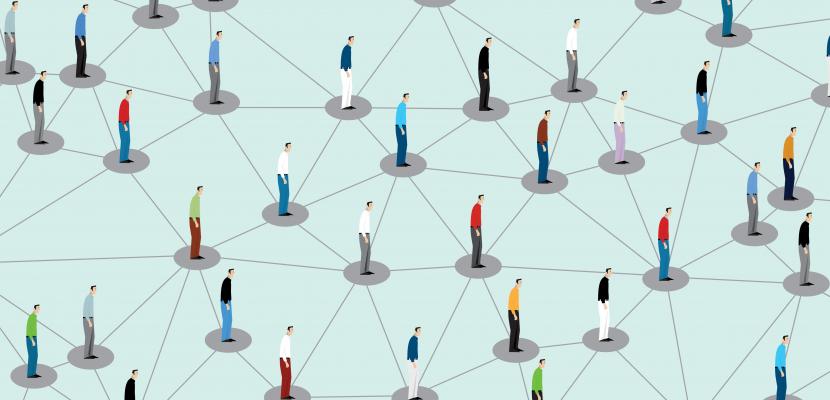
Image: Shutterstock Images
Groundbreaking COVID-19 modelling software designed on the Gold Coast is playing a key role in the fight against the pandemic – and its creators hope it will also help win the war against future diseases.
Professor Chris Stapelberg, the Joint Chair in Mental Health for Gold Coast University Hospital and Bond University, began work on the Discrete-Event, Simulated Social Agent-Based Network Transmission (DESSABNeT) model in early April last year, as Australia was gripped with fears over COVID-19.
He pulled together a team to help him work on the project including colleagues from Bond and Gold Coast Health, as well as representatives from the Melbourne School of Population and Global Health, Central Queensland Public Health Unit, and the National Centre for Immunisation Research and Surveillance.
The software can replicate the outbreak of any disease in any city or region, using demographic details for the geographic area being modelled, as well as variables related to the specific disease.
“Agent-based modelling is when you create a population of agents, software people if you like, inside the computer and these people are quite independent – they can do things that people would do in the real world, they have autonomy, they can make decisions, they can interact with each other and this leads to a very lifelike model,” Prof Stapelberg said.
“We can split them up into age groups according to demographic data and give them jobs according to employment numbers on, for example, the Gold Coast. We can let them take public transport according to the public transport statistics of the Gold Coast, we can have them go to football matches, restaurants, and spend time at home with their families, according to statistics for how the Australian population spends its time.
“And then we can introduce SARS-CoV-2 (which causes COVID-19) into this population. And because of the social networks of the software agents (their family, friendship, work and other social connections), which match the social networks of real people, the virus spreads as it would in a real population and we can follow how it spreads,” Prof Stapelberg said.
Over the past year, Prof Stapelberg and his colleagues have used their software to model real-life COVID-19 outbreaks in Melbourne and Sydney, as well as the smaller wave of COVID-19 on the Gold Coast in 2020.
Prof Stapelberg said the platform allowed them to model the impact of putting COVID restrictions in place, as well as removing them.
“This program can fluidly model changes such as social restrictions being put in place to try and stop COVID-19, and then removing these restrictions again, within the same simulation. We are not aware of other models where such changes can be made over time, ‘on the run’, within a simulation.
“Next we are quite interested in exploring how vaccination of the population might interact with the most effective (and minimal) social restrictions to help prevent the spread of the virus.”
He said the platform allowed them to model both the ability of vaccines to prevent COVID-19 in a population, but also the ability of vaccine to stop the spread of infection.
Prof Stapelberg said because of the partnership with the Central Queensland Public Health Unit, there was also particular interest in modelling a rural outbreak.
“In rural and remote areas, you’ve got big distances involved, so you think the virus won’t spread that much, but our theory is that the virus spreads along social connections, which is what DESSABNeT models, rather than just where people are physically.
“And in rural areas there’s great scope to do work looking at discrete populations, like a mining camp for example - what happens if you get an outbreak there?”
As the COVID crisis unfolds, Dr Stapelberg and his colleagues are passing their findings on to health authorities to help inform the pandemic response.
While agent-based models are used commonly, Dr Stapelberg said the system developed on the Gold Coast was unique in its detail and flexibility.
“I think where this model stands apart is its extreme flexibility. It’s not a one-trick pony and it can model a whole range of complicated scenarios. And we can quickly repurpose it to answer different questions. You can pick one particular aspect of COVID-19 spread, for example, and you can make detailed adjustments that can give you a lot of information.”